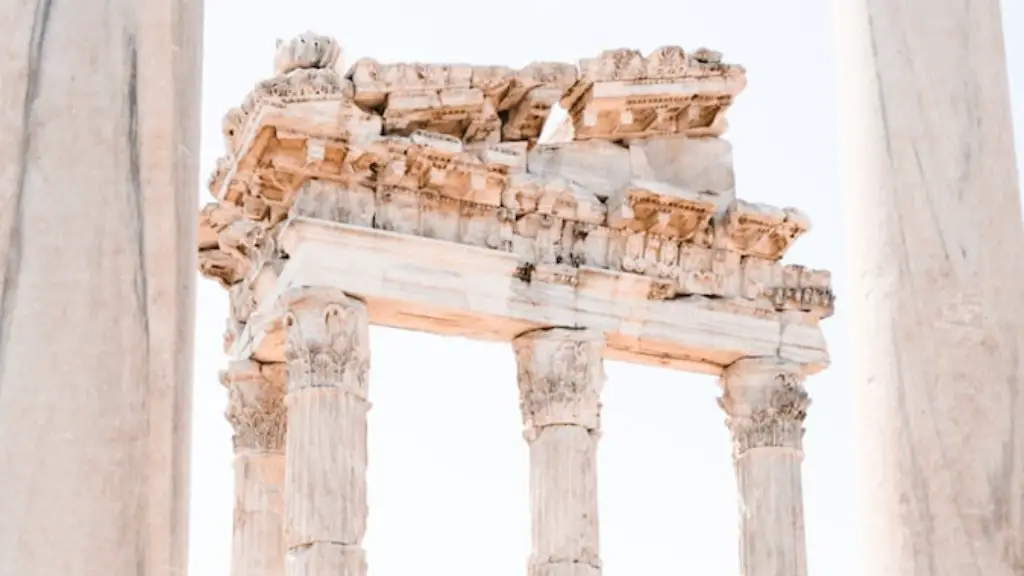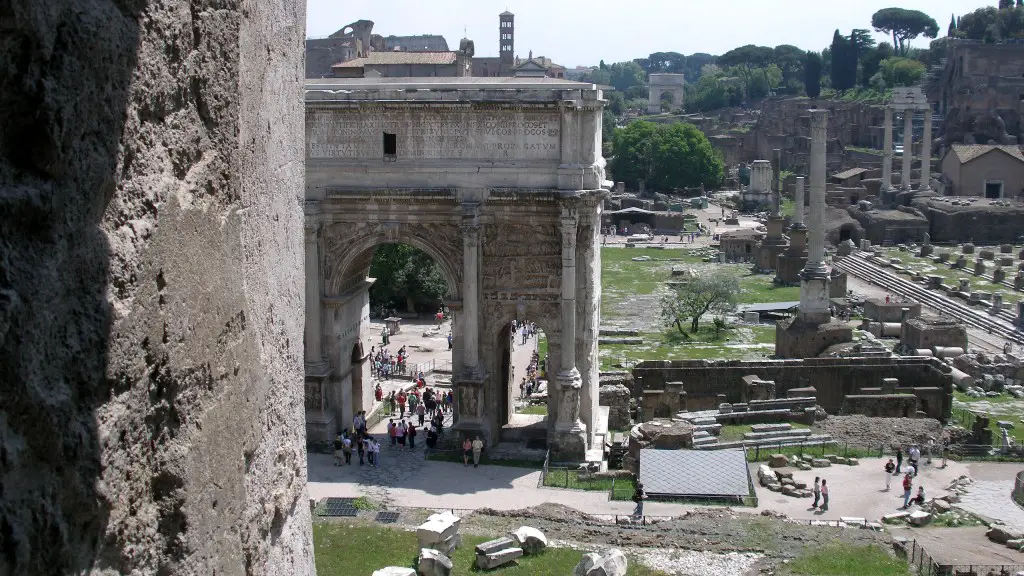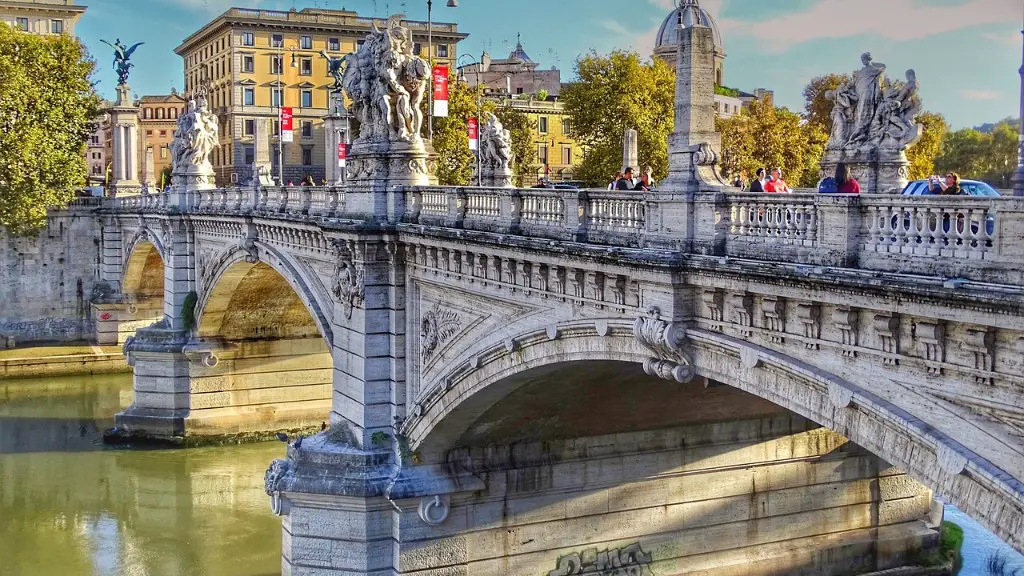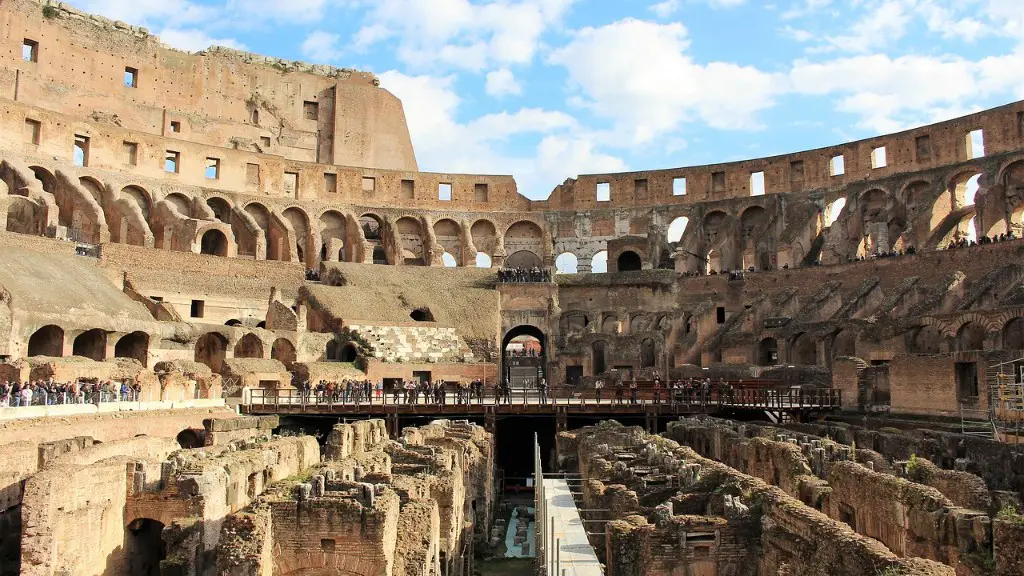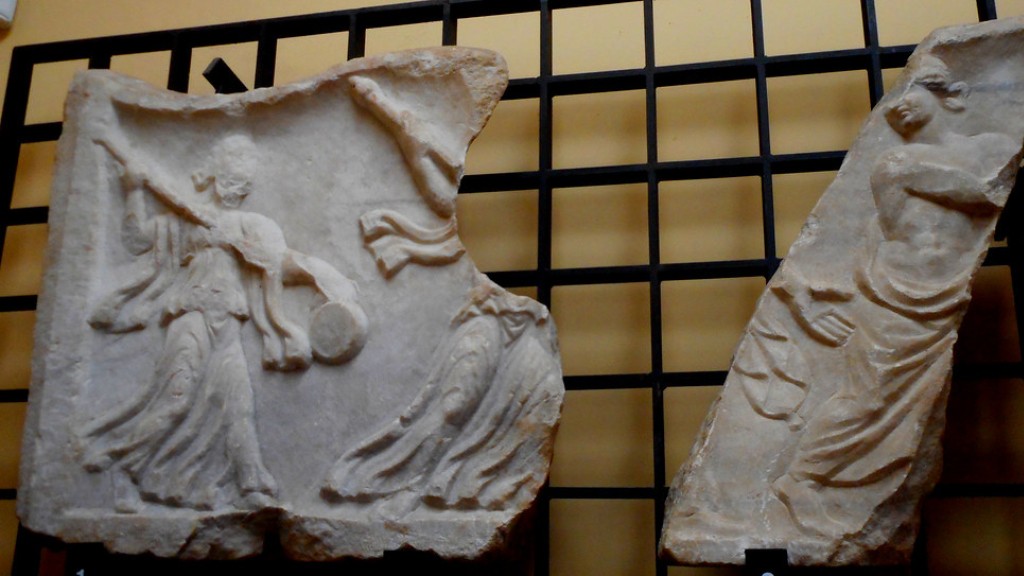Birth & Childhood of the Good Emperors
The first of the five ‘good’ Roman emperors – Nerva – was born in 8 AD. He was born into a family of Roman military protagonists, and was an important senator during the reign of Domitian. He was eventually made emperor in 96 AD by the Praetorian Guard, following Domitian’s assassination. His successor, Emperor Trajan, was born in 53 AD in a provincial Roman family, who spent most of their days in what is now modern day Romania. Trajan was educated by the Emperor in Rome and was eventually made governor in Asia Minor. He returned to Rome and was made commander of the Praetorian Guard, and was eventually appointed emperor in 98 AD.
The third emperor, Hadrian, was born in 76 AD into a wealthy Italic family who were deeply involved in Roman politics. He was eventually made consul and was gifted the Spanish provinces, which lead to his eventual ascendancy as emperor in 117 AD.
The fourth ‘Good Emperor’ was Antoninus Pius, who was born in 86 AD. He was the adopted son of Hadrian, and was made consul in 140. In 143, following Hadrian’s death, Antoninus was made emperor.
The last of the good emperors was Marcus Aurelius, born in 121 AD. His father was a Spaniard who was made Senator by Hadrian. Marcus gained prominence in Rome and eventually succeeded Antoninus in 161 AD.
Reign of the Good Emperors
The reign of the five ‘good’ emperors saw a period of great stability and prosperity in the Roman Empire, free from conflict and civil war, and with great fiscal policies. Nerva abolished the wars with the Germanic barbarians, and in 97AD a new law, the Lex Papia, gave legal power to the emperor as caretaker of Rome, a role that was inherited by his successors. Trajan sought to expand the empire to its greatest extent, greatly increasing the number of provinces. Hadrian focused on stability, consolidating the gains of his predecessor and expanding Rome’s influence through diplomacy. Antoninus Pius focused on the administration of the provinces, and his successor Marcus Aurelius was active in foreign wars against the Germanic tribes.
The reign of the good emperors is remarkable for the fact that all the emperors spared no effort in their attempts to improve the lives of their citizens. Nerva abolished the cruel taxes introduced by Domitian, reformed the army, and reduced the cost of living for the people of Rome. Trajan implemented social welfare programs and public works projects, like the Aqua Traiana, which brought drinking water to Rome from the Anio river. Hadrian built public baths and theaters, while Antoninus Pius introduced free corn distribution. Marcus Aurelius also implemented free wheat distribution, and abolished the poll tax.
Legacy of the Good Emperors
The legacy of the five good emperors is one of a period of peace and prosperity in Roman history. They presided over a period of generous financial policies, free from civil wars and foreign invasions. The ‘good’ emperors were praised by ancient authors such as Pliny the Younger, Tacitus, and Marcus Aurelius himself. They were also praised by later scholars like Edward Gibbon, who famously described their reign as the period in which the human race was most refined.
The stable and peaceful reign of the five good emperors allowed for a period of unprecedented economic growth, which enabled the construction of grand public works and led to the rise of the wealthy class, named by Pliny the ‘Optimates’. This period also saw the flourishing of art, science, and literature, particularly during the reign of Trajan, Hadrian, and Marcus Aurelius.
The reign of the five ‘good’ emperors has endured not just as a period of great achievement but also an example of a government that considers the welfare of its people. The emperors’ reforms are still an example of wise governance, and their legacy still resonates in Rome today.
Death of the Good Emperors
The reign of the good emperors ended with the death of Marcus Aurelius in 180 AD, after a reign lasting 19 years. He left behind a son and successor, Commodus, whose cruel and corrupt rule saw the end of the ‘good’ emperors. After Commodus’ death in 192 AD, Roman history entered a period of violence and chaos that led to the eventual fall of Rome in 476 AD.
Nerva, the first emperor, died in 98 AD after a short reign of two years. Trajan died in 117 AD, leaving behind a period of territorial expansion, ambitious public works programs, and free wheat and wool distributions. Hadrian died in 138 AD after a reign lasting 21 years, and was succeeded by his adopted son, Antoninus Pius, who died in 161 AD.
Modern Day relevance of the Good Emperors
The reign of the five good emperors has been widely studied over the centuries, and their legacy continues to be relevant today. Their reforms and achievements serve as an example of wise governance and are still studied as examples of progressive and visionary leadership. Their reign not only resulted in a period of unprecedented peace and prosperity but also accelerated the rise of the wealthy class, enabling the construction of grand public works and bringing about flourishing of art, science and literature.
The good emperors are still remembered in Rome and other ancient cities, not just as a period of great achievement, but also as an example of a government that considers the welfare of its people. Their legacy continues to influence modern day governments, and the ambition and example of the five ‘good’ emperors still resonates in Rome today.
Biographies of the Good Emperors
Nerva was born in 8 AD and was a prominent Roman senator prior to his succession as emperor in 96 AD. His short reign lasted two years, in which he abolished cruel imperial taxes and reformed the army. His successor, Emperor Trajan, was born in 53 AD and was made governor in Asia minor. In 98 AD he was appointed emperor, and during his rule expanded Rome to its greatest territorial extent.
Hadrian, born in 76 AD, was made consul in 117 AD and was the successor of Trajan. His reign focused on stability, consolidating the gains of his predecessor, and expanding Rome’s influence through diplomacy. Antoninus Pius was born in 86 AD and was the adopted son of Hadrian. He was made emperor in 143 AD, focusing on administration of the provinces, and was eventually succeeded by Marcus Aurelius, who was born in 121 AD.
Marcus Aurelius, the last of the good emperors, is perhaps the most famous, having authored the book ‘Meditations’ and having been portrayed in the film ‘Gladiator’. His reign saw significant foreign wars against the Germanic barbarians, and he also implemented free wheat distribution, abolished the poll tax, and improved the pay of civil servants.
Impact of the Good Emperors on the Roman Empire and beyond
The reign of the good emperors had a lasting and significant impact not only on the Roman Empire but also on the wider world. Their reign saw a period of unprecedented peace, prosperity and stability, with generous policies and public works projects. This period enabled the rise of a wealthy class, and accelerated the flourishing of art, science and literature, contributing to the cultural legacy of the Roman Empire.
The legacy of the five good emperors has resonated through the centuries and continues to be an inspiration to modern day leaders. Their example of wise governance and willingness to consider the welfare of their citizens is still studied and taught in history and political science courses, and their legacy still resonates in Rome and other ancient cities.
The reign of the five good emperors is viewed as a golden age in the history of the Roman Empire and is a testament to their leadership. Their legacy continues to be relevant today, and stands as an example of how wise and visionary leaders can bring peace and prosperity.
Lessons of the Good Emperors
The reign of the five ‘good’ emperors can still serve as an example and source of inspiration for modern day governments. Their legacy shows us that good governance is essential for a stable and prosperous society, and that wise and visionary leaders can bring peace and prosperity. We can also learn from their example that generous policies, public works projects and reforms to consider the welfare of citizens are essential for a strong and flourishing society.
The legacy of the five ‘good’ emperors is a testament to their leadership and legacy, and it is testament to how a period of stability, peace and prosperity can bring about significant transformation and positive change.
The example of the good emperors is one of wise governance, generosity and reform, and it is an example that can still be used as an inspiration today.
